Do you struggle to feel relaxed and destressed after a tiring day? If so, you may want to consider trying music frequency for healing.
This holistic approach to health and wellness uses sound waves to promote relaxation and healing, helping to calm your mind, body, and soul.
What Is Music Frequency For Healing And How It Is Related To Sound Therapy?
To understand how music frequency healing works, it’s important to look at its root source: sound therapy.
So, what is sound therapy?
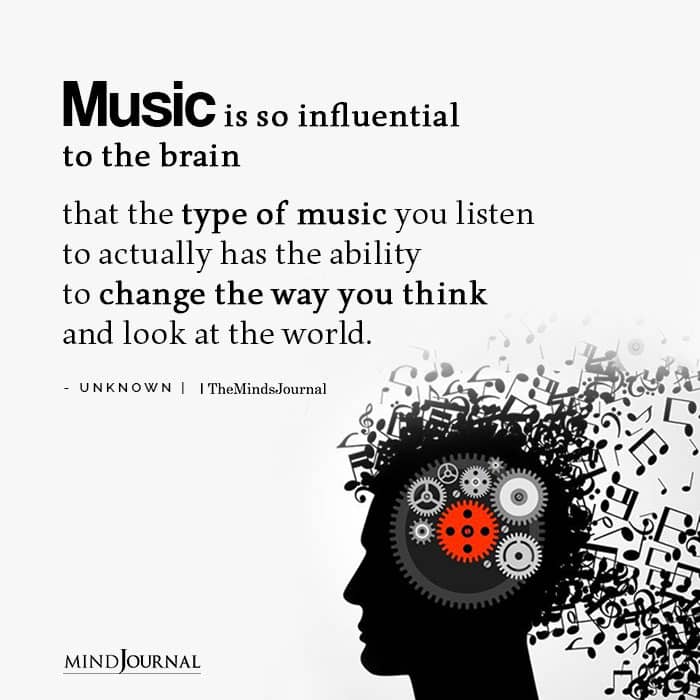
Sound therapy is a broad term that includes sound healing therapy, music therapy, and binaural beats. Music therapy involves using music to promote healing, while binaural beats use two different frequencies to create a specific brainwave pattern.
This kind of sound therapy can help promote relaxation and well-being, making it a powerful tool for achieving a sense of calm and balance in your life.
Let’s learn about music frequency for healing, which is considered one of the popular branches of music therapy.
When you are healthy, the energy in your body flows freely. However, when you experience stress or illness, this energy can become blocked or stagnant, leading to physical and emotional imbalances.
That’s where Sound frequency healing comes in, it is a subset of sound therapy that focuses on using specific frequencies to promote healing. Different frequencies are believed to have different healing properties.
For instance, 432 Hz is considered to be the frequency of the universe and is believed to promote healing and well-being.
Similarly, 528 Hz is known as the “Love frequency” and is thought to help with emotional healing.
Related 432 Hz – The Hidden Power Of Universal Frequency And Vibration
Types Of Music Frequency For Healing
There are several types of music frequencies for healing that can be used to promote relaxation and well-being. Each type of music frequency for healing is thought to have unique benefits for the mind, body, and soul.
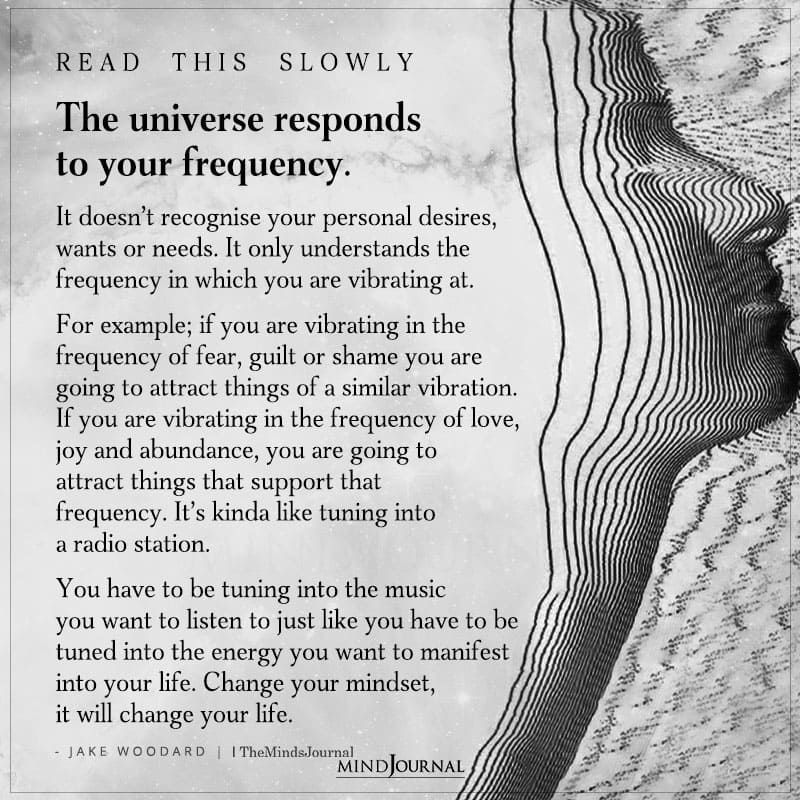
1. Solfeggio Frequencies:
These frequencies were discovered by a Benedictine monk in the 11th century and have been used in sacred music and chants ever since.
A set of six specific frequencies is believed to have healing properties, with each frequency thought to correspond to a different aspect of the body, mind, or soul.
2. Binaural Beats:
Binaural beats are another type of sound frequency healing that uses two different frequencies played simultaneously in each ear to create a specific brainwave pattern.
This type of sound healing is believed to promote relaxation, improve focus and concentration, and enhance creativity. It can be used during meditation or as background music while you work or study.
3. Isochronic Tones:
Isochronic tones are a type of sound frequency healing that uses a single tone turned on and off at a specific frequency to promote relaxation and reduce stress.
When you listen to isochronic tones, your brainwaves synchronize with the frequency being played, creating a sense of calm and relaxation.
4. Chakra Frequencies:
A set of specific frequencies that correspond to the different chakras in the body, with each chakra thought to vibrate at a different frequency. By listening to music that corresponds to each chakra, you can promote balance and healing in the body.

So, if you are looking for a way to heal and calm your soul, sound healing or music healing therapy may be the perfect solution for you. Why? Well, take a look at what is sound healing and how it works!
Related How Music Heals and Inspires Us in Challenging Times
What Is Sound Healing Therapy And How Does It Work?
To understand the benefits of sound therapy, it’s important to know what is sound healing therapy and its importance to promote relaxation and well-being.
Sound healing therapy is a form of vibrational medicine that uses sound waves to promote healing and balance in the body.
The idea behind this therapy is that different frequencies of sound can be used to resonate with different parts of the body and promote healing.
When you listen to music or hear a sound, your body responds on a physical, emotional, and spiritual level.
This is because sound waves create vibrations that can stimulate the cells in your body and affect your brainwaves.
This therapy uses specific frequencies of sound to create a state of deep relaxation and promote healing.
During a sound healing session, you may listen to recorded music or live music played by a practitioner using various instruments, such as Meditation bowls, gongs, or tuning forks.

Meditation Bowls
One of the most popular instruments used in sound healing is the meditation bowl. These bowls are made of metal and produce a rich, deep sound when struck or played.
The meditation bowl sound is believed to create vibrations that can help to restore the natural frequency of your body and promote relaxation and healing.
You can use the meditation bowl sound during meditation to help quiet your mind and promote a sense of calm.
Gongs
Gongs produce a rich, complex sound that can range from soothing to powerful. They are commonly used in music healing therapy to promote relaxation and balance.
Gongs are believed to help balance the body’s energy centers and promote healing on all levels – physical, emotional, and spiritual.
They are often used with other instruments, such as singing bowls or chimes, to create a harmonious and therapeutic soundscape.
Tuning Forks
Tuning forks produce a specific frequency when struck and are used in sound therapy to stimulate specific parts of the body or energy centers.
They can help bring those areas back into balance and promote relaxation and stress reduction. Tuning forks are often used in combination with other sound-healing instruments to create a therapeutic soundscape.
The sound vibrations from these instruments are thought to help release blocked energy and promote a sense of peace and well-being.
Related The Healing Power of Music: How Music Therapy Improves Mental Health
How Can You Incorporate Sound Healing Into Your Life?
If you’re interested in trying sound therapy in general, there are several ways you can incorporate it into your daily life.
1. Listen to music
Listening to music is a simple way to incorporate sound healing into your life. Choose music that promotes relaxation, such as classical music or nature sounds, and listen to it when you need to unwind.
2. Practice meditation
Meditation can be an effective technique to promote relaxation and alleviate stress. Incorporating sound healing into your meditation practice can help deepen your meditation and promote a greater sense of calm.
3. Attend a sound healing session
Many wellness centers and spas offer sound healing sessions with trained practitioners. Attending a session can help you experience the benefits of sound therapy firsthand and give you an opportunity to try different instruments.
4. Invest in sound healing instruments
If you’re interested in incorporating sound healing into your daily routine, consider investing in sound-healing instruments, such as singing bowls, gongs, or tuning forks. You can use these instruments to create your own sound healing sessions at home.
Related 8 Surprising Ways Music Benefits Your Brain
Sound healing therapy and sound therapy are powerful tools for promoting healing and well-being. By using specific frequencies of sound, you can promote relaxation, reduce stress, and improve your overall sense of well-being.
Whether you choose to attend a sound healing session, invest in sound healing instruments, or simply listen to relaxing music, incorporating sound healing into your life can help you achieve a greater sense of calm and balance.
Give music frequency for healing a try and experience the potential benefits it can offer to your mind, body, and soul.
Is sound healing therapy safe?
Yes, sound healing therapy is generally safe for most people. However, it’s important to work with a qualified practitioner and disclose any health conditions or concerns you may have before starting treatment. Some people with certain medical conditions or who are pregnant may need to avoid certain types of sound therapy.
How many sessions of sound healing therapy do I need to see results?
The number of sessions needed to see results can vary depending on the individual and the type of sound therapy being used. Some people may experience immediate benefits after just one session, while others may need several sessions before noticing any significant changes. It’s important to approach sound healing therapy with an open mind and to be patient with the process.
What is sound therapy and how is it different from music therapy?
Sound therapy and music therapy are both forms of sound-based healing. Sound therapy focuses on the use of sound waves and frequencies to promote healing, while music therapy uses music to achieve the same goal. While the two therapies share some similarities, they differ in their approach and techniques used.



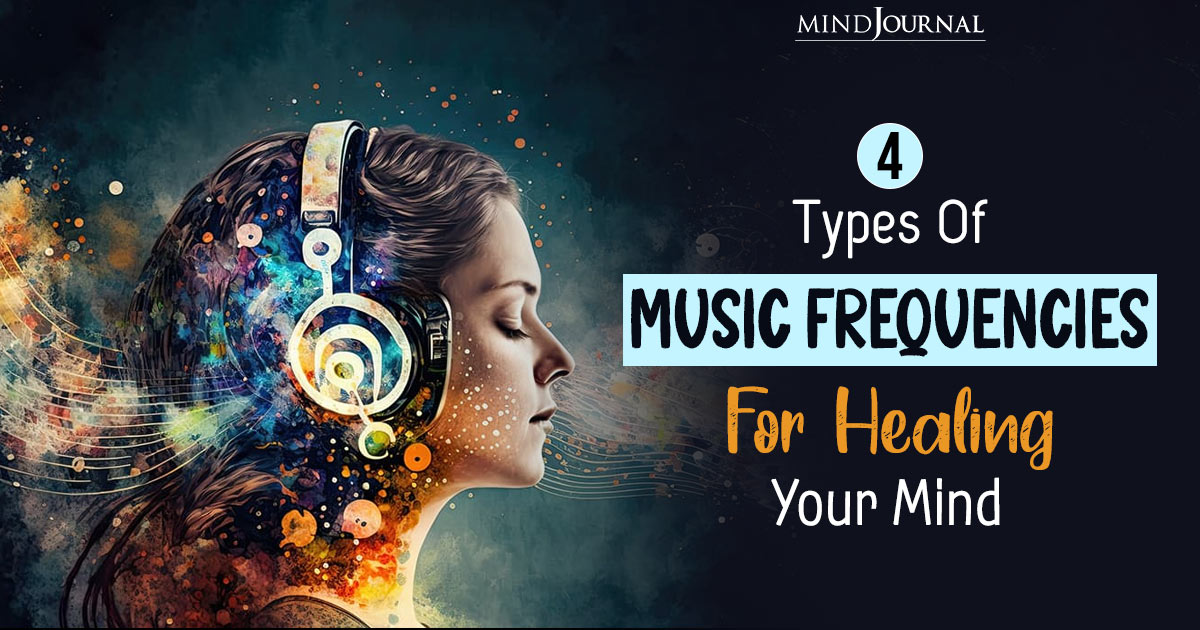



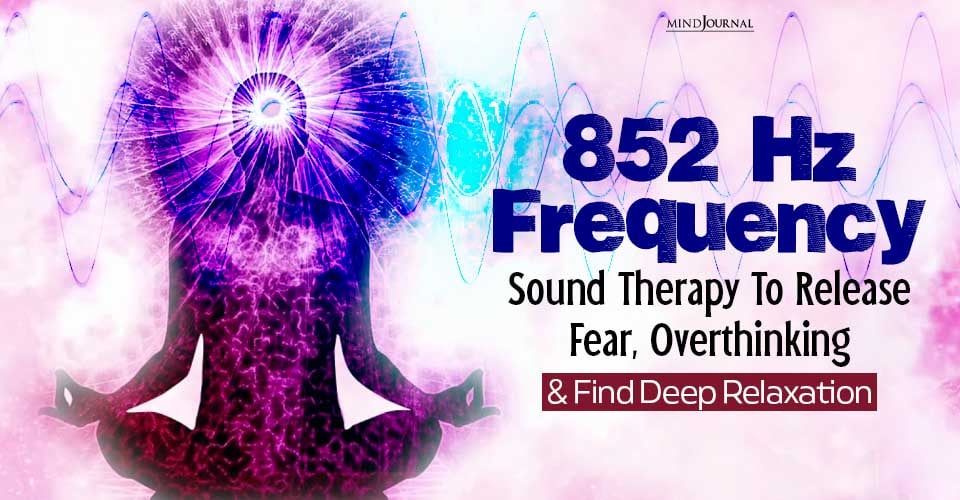


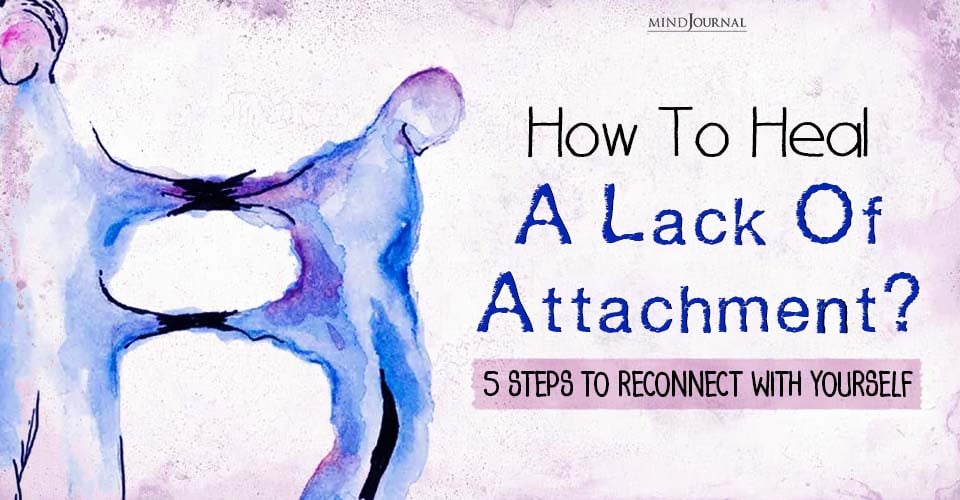
Leave a Reply